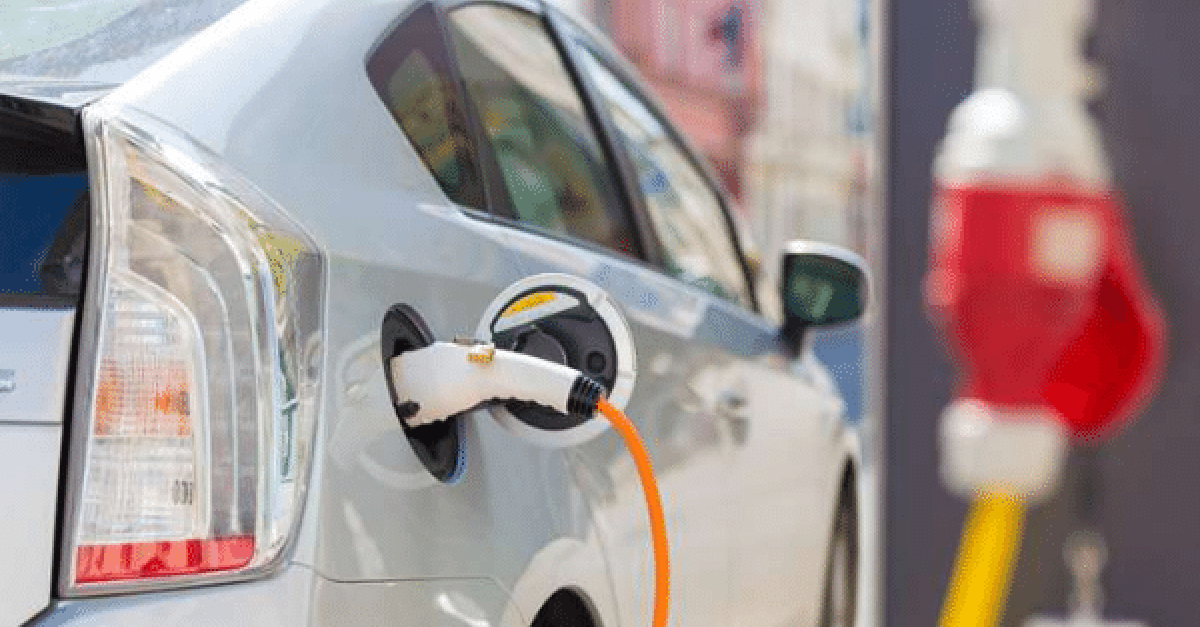Since declaring a climate emergency last year, Lancaster City Council has reviewed its fleet replacement programme and begun to roll out a programme of electrification. It has around 160 vehicles in the fleet, ranging from refuse collection vans to tractors.
The diesel fleet accounts for 39% of the council’s direct emissions; 60% of fleet emissions are generated from just 26 refuse collection vehicles. Clearly, if we’re to achieve Net Zero by 2030, we have to reduce our fleet’s footprint as a priority.
The Council buys its own vehicles outright through capital borrowing; replacement programmes are built around the useful economic life of each vehicle type (typically ranging from four to ten years). Using those programmes, we’ve started to phase out of diesel vehicles in favour of electrification.
We currently have seven electric panel vans and two electric pool cars. Approval has been granted to replace a further 14 panel vans, two refuse collection vehicles and six pool cars with 100% electric alternatives in 2020/21. As well as being a generally feasible, CO2-reducing alternative, we anticipate that the higher capital costs of electric vehicles will be off-set by revenue savings over the life of the vehicles. Using electricity from the Grid, these vehicles are set to generate a conservative saving of 130 tonnes of CO2 per year, which accounts for around 10% of the Council’s total vehicle emissions.
The Vehicle Replacement Programme is starting in 2020/21 and is set to be complete by 2027/28. The electric vehicle market is still developing and as such, programmes have to be assessed each year against available electric vehicles (EVs) and options. We hope to replace the bulk of our fleet by 2025, with 34 set to be replaced next year with 21 EVs. We plan to replace 67 diesel vehicles the following year and 15 in 2022/23 but we don’t know the exact number of EVs that will be used instead yet; all will be replaced with greener alternatives, whether that’s hybrid or hydrogen.
This is a project that’s managed and implemented through collaboration between the Council’s various departments. The Fleet Management Team, Climate Emergency Project Manager, Operational teams, Finance have all worked together while individual drivers and Heads of Service have been largely responsible for the facilitation of the project.
Our conversion to an electric fleet will be promoted to wider audiences, other local authorities and the public to help encourage others to make a similar step-change. We’re also exploring other alternative uses for the electric fleet to help aid the council’s wider climate emergency projects; LCC’s Vehicle to Grid (V2G) charging project is a great opportunity to show how we might gain better value from more expensive assets (e.g. electric refuse vehicles when not in use).
This project also fits within a roster of actions we’re taking to reduce our emissions. We’re replacing gas heating systems in the Council’s buildings with alternative fuels such as hydrogen, as well as setting up a Citizens’ Jury in which members of the public help to make recommendations that will guide the Council’s approach to tackling the climate crisis.
A key element to achieving full electrification and encouraging others to follow suit is creating new infrastructure to make it easier for everyone to use EVs.
In order to understand the Council’s impact on the environment and focus efforts, an initial CO2 dashboard was developed to capture the LCC’s direct and indirect emissions. Our direct emissions are primarily generated from the fleet, business travel and gas usage from heating buildings.
Switching Lancaster City Council’s refuse collection fleet from diesel to electric alone will save up to 785 tonnes of CO2 per year - a vital reduction given that 65% of the Council’s total vehicle emissions come from those specialist vans.
In the first year of electrifying the fleet as a whole, it’s predicted that we could save 18%, going up to 33% by year two and 48% by year three. By the end of the project in 2027/28, we project to save 82% of the CO2 currently being emitted by our fleet. That projection is based on the assumption that 100% of HGVs, vans and refuse collection vehicles will be replaced.
Ongoing reports will be produced on miles driven and CO2 saved.
The project is still in the delivery process so we don’t know how it’s going to pan out in its entirety. So far, however, we have sorted the procurement of pool cars, panel vans, electric charge points and our costs are within the projected estimates. It’s clear that there is a problem with the availability of EVs on the market to replace specialist vehicles, and the general perception from operational teams around EVs, charge anxiety, practicality etc.
There have been five main key lessons learnt so far:
- Gather data on the fleet so that you have a good understanding of miles driven per day and know how often vehicles drive an excessive number of miles.
- Do your homework on EV myth-busting - whether that’s inviting an industry leader to help present ideas to operational teams or presenting them with the hard numbers.
- Hire an EV for a trial and get teams involved in choosing their vehicle from a shortlist.
- Consider the best places for charge points. Can vehicles be taken home? Is it better to have mini top ups during the day rather than a big charging session overnight?
- This isn’t a one-size-fits-all solution; there will be operational examples where it doesn’t work and it’s better to understand those from the start.
mdavies@lancaster.gov.uk
kfrea@lancaster.gov.uk





